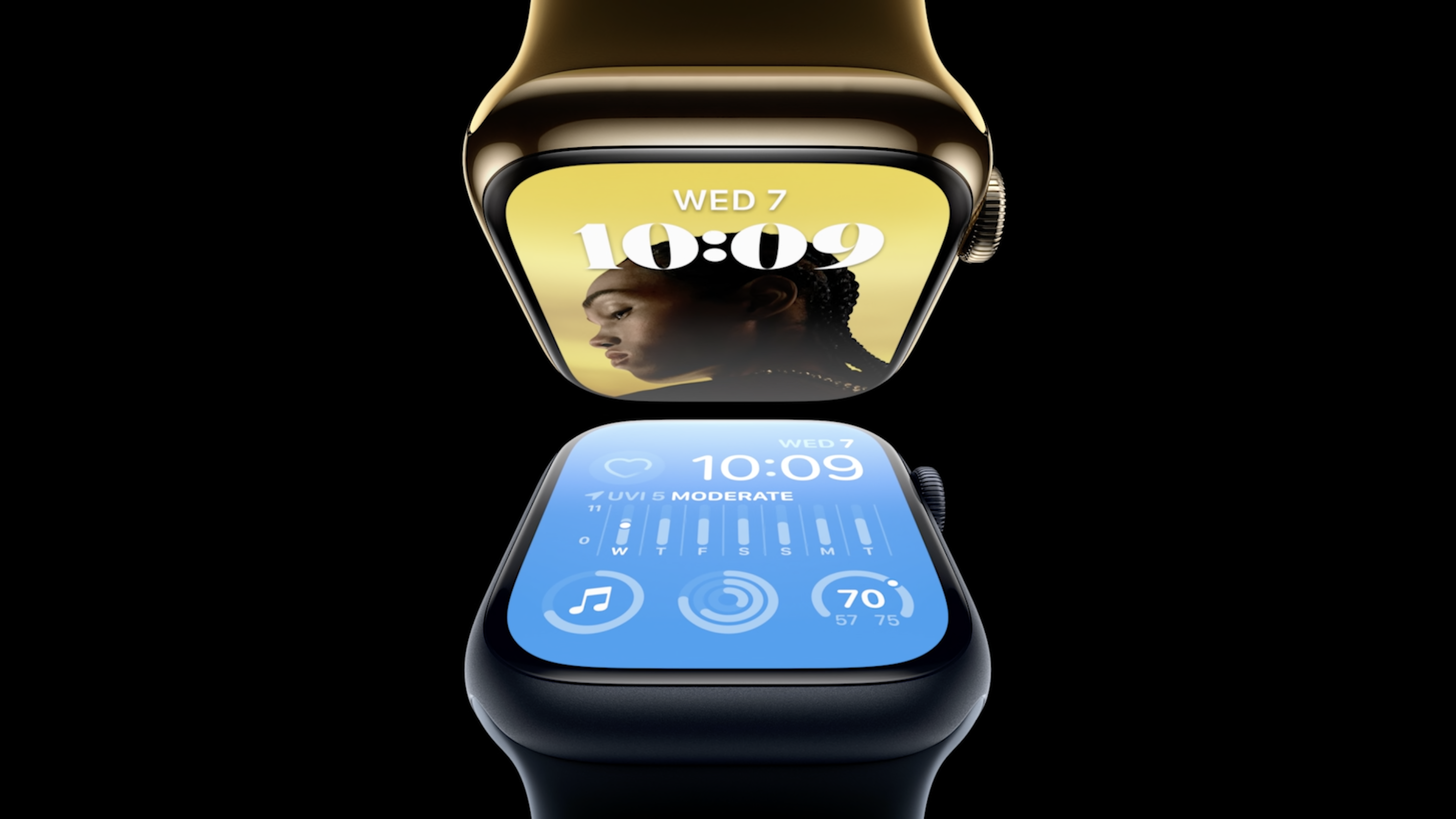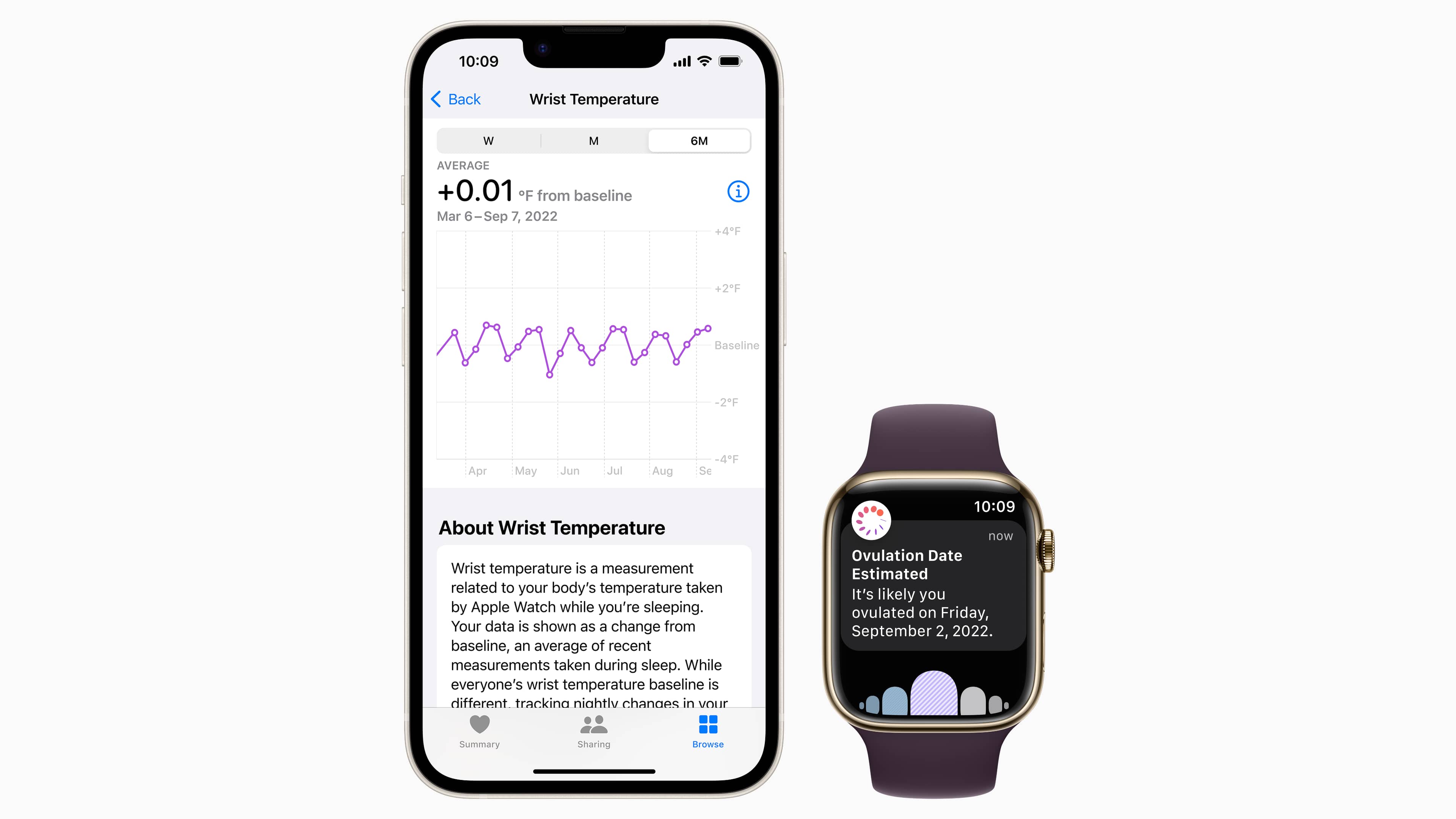Learn how to properly configure and calibrate your Apple Watch’s temperature sensor to begin tracking your baseline wrist temperature.

How Apple Watch measures baseline wrist temperature
Apple Watch Series 8 newer models, and all Apple Watch Ultra versions are equipped with dual sensors that measure both skin and ambient temperature. Apple has said (and wrote in its patent) that detecting skin temperature reliably actually requires two sensors, one on the back crystal in contact with your skin and the other just under the display, to pick up environment temperature. The algorithm is fed data from the two sensors to accurately calculate the temperature on the surface of your skin.
Apple’s support document clarifies that a five-day calibration period is required before the watch can establish your baseline wrist temperature.
“After about five nights, your Apple Watch will determine your baseline wrist temperature and look for nightly changes to it,” it reads.
Track wrist temperature changes with your Apple Watch
To track wrist temperature, you just need to set up the Sleep feature on your Apple Watch or your iPhone.

Next, you must ensure the “Track Sleep with Apple Watch” option is turned on in the Sleep section of the Watch app.

You’ll also want to be sure to turn on Sleep Focus for at least four hours per night for the first five nights or so.

You can view saved measurements by going to the Health app on your iPhone and navigating to Browse > Body Measurements > Wrist Temperature.

If the sensor isn’t calibrated, you’ll see “Needs More Data” at the top of the chart instead of actual readings. You will also spot the number of nights remaining before your wrist temperature data is available right below the chart.
How to interpret saved wrist temperature data
Each night, an aggregate of your wrist temperature is displayed in the Health app, highlighting changes relative to your established baseline. Since nightly variations in body temperature can signal factors like illness or menstrual cycle shifts, tracking these relative changes provides valuable insights into your overall well-being.
Apple Watch Series 8 and later, as well as Ultra models, also sport cycle tracking, which predicts when you’ve ovulated by monitoring changes in your wrist temperature while sleeping.
When you’ll need to re-calibrate the sensor
This five-night calibration only needs to be done once per watch. Once the sensor has been calibrated, the watch will take wrist temperature readings every five seconds. Apple explains that this improves accuracy by reducing bias from the outside environment.
If the watch is repaired or you pair a new one, you’ll need to re-calibrate the sensor again over five nights. Things that can throw the sensor off include loose fit (be sure the back crystal is in contact with your wrist), your age (you must be at least 14 years old), and “certain physiological, lifestyle and environmental factors.”
Also see: How to calibrate fitness tracking on Apple Watch
Turn off wrist temperature and tracking
To turn off wrist temperature, open the Watch app on your iPhone, go to My Watch > Privacy, and then toggle off Wrist Temperature from there.
To disable nightly wrist temperature tracking, open the Health app on your iPhone and go to Browse > Cycle Tracking > Options, then turn off “Use Wrist Temperature.” Doing so will also disable retrospective ovulation estimates and period predictions.
Can I take wrist temperature readings on-demand?

No, you cannot use your Apple Watch to measure wrist temperature anytime you want, like you can measure your heart rate. The device automatically polls the sensor every five seconds when Sleep Focus is active. You get to see a history of relative changes to your established wrist temperature in the Health app, but that’s about it.
Does the Apple Watch double as a thermometer?
Nope. Neither Apple’s temperature sensor nor its algorithm acts as a thermometer.
Is Apple Watch a medical device?
Just because it can measure your heart rate or your wrist temperature doesn’t mean the Apple Watch is a medical device. Apple clearly spells out in black and white that the temperature-sensing feature “isn’t intended for use in medical diagnosis, treatment or for any other medical purpose.”
Be sure to also check out: 15 built-in wellness features to keep track of your health on iPhone, iPad, and Apple Watch